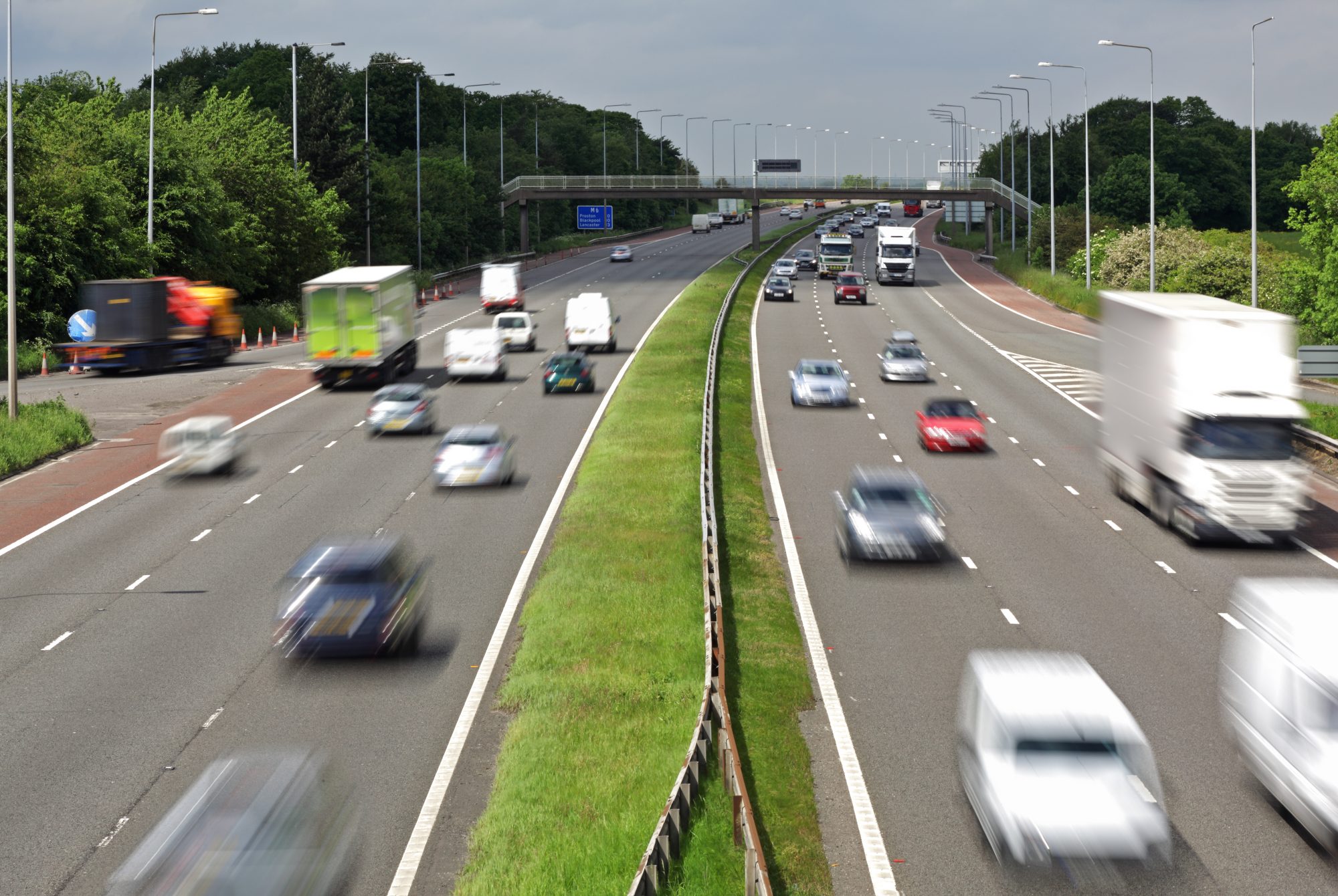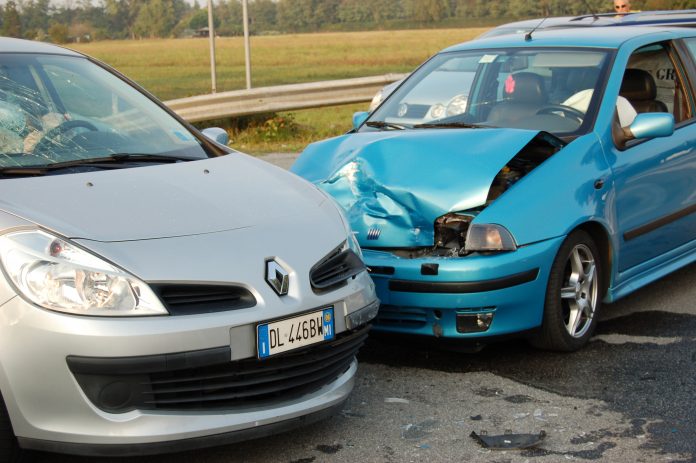62% of drivers admit to having experienced road rage, but what exactly is this phenomenon and why is it so dangerous?
Road rage is extremely common with 62% of drivers having experienced it. Perhaps even more shockingly, 30% have experienced a face-to-face confrontation with another driver.
We’ve all been there before. You’re driving along, minding your own business, when some other driver cuts you off without so much as a signal. Or maybe they’re tailgating you, driving so close that their headlights are blinding in your rear-view mirror. Suddenly, you feel your blood pressure start to rise. You may find yourself honking your horn, gesturing wildly, or even yelling obscenities at the other driver. This is road rage, and it’s a serious problem.
Not only is it dangerous for you and the other drivers on the road, but it can also land you in serious legal trouble. So what exactly is road rage? What causes it? And how can you avoid experiencing it?

What is road rage?
Road rage is simply aggressive or violent behaviour exhibited by a driver of a motor vehicle. This can manifest itself in several different ways, including:
- Cutting off other drivers
- Tailgating
- Beeping the horn excessively
- Making rude gestures
- Getting out of one’s car to confront another driver
While it might seem like no big deal, road rage can quickly escalate into something much more dangerous. In fact, over a seven-year period, road rage incidents caused 12,610 injuries in the US.
What causes road rage?
There are a number of different factors that can contribute to road rage. Stress tends to play a role in causing road rage. If you’re already feeling worried or frazzled before getting behind the wheel, the added stress of traffic or running late may be enough to push you over the edge. Driving when you’re tired or emotional can also affect how frustrated you feel by other drivers’ behaviours too.
How to avoid road rage
The best way to avoid road rage is simply to be aware of its potential causes. If you know that you have a tendency towards frustration on the roads, make a conscious effort to take some deep breaths and stay calm while driving.
Likewise, if you’re feeling stressed out before getting behind the wheel, try listening to calming music or audiobooks and take some time to relax before setting out on your journey.
If another driver does something that ticks you off while you’re on the road, resist the urge to retaliate. Remember that it’s not worth risking your safety (or the safety of others) just to teach someone else a lesson. Always keep up good driving practices – for example, try to avoid making sudden movements or changes in lane placement. Signal and make it clear to other drivers what your next move will be. Other polite driving habits include:
- Moving over once you’ve overtaken the motorway
- Using appropriate lights when approaching other cars
- Avoiding tailgating, weaving, and erratic braking
Road rage is a serious problem that can have dangerous consequences for both drivers and pedestrians alike. However, by being aware of its potential causes and learning how to prevent them, we can all do our part in making our roads safer for everyone involved.
Written by Elizabeth Long











